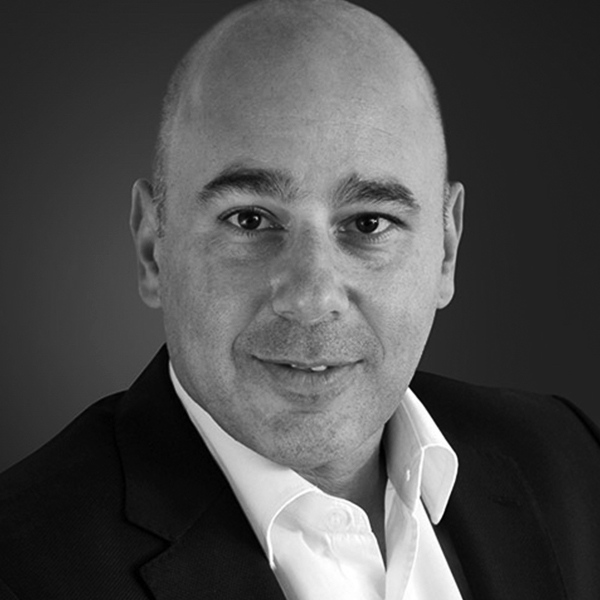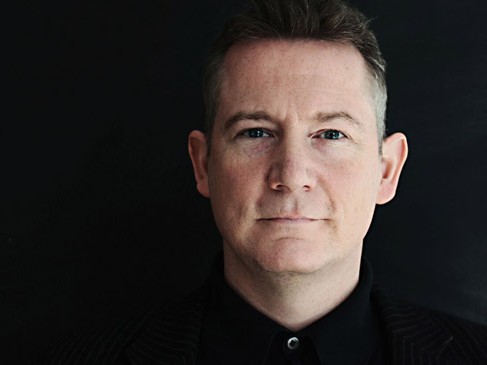Industry Talk - Free Talk
Nadim Khoury: 'Let’s Have Fun Again'
by Nadim Khoury
November 1, 2019
.jpg) Advertisement
Advertisement
Until the 1960s, most careers were slow paced, jobs had fewer prerequisites, the marketplace was less competitive and manual, repetitive tasks dominated employees’ roles.
Fast forward to today and advancements in technology and education, as well as cultural and demographic changes both in and out of the workplace have brought cerebral skills, higher barrier to entry, ethnic and demographic diversity, and a slew of legal and operational regulations to a much faster-paced and increasingly competitive workplace.
This has made coping with work challenges, staying on top of their game, and thriving in the industry more difficult for employees than ever before. The result is typically a less happy workforce who not only lead less content lives but drag their emotional baggage and dissatisfaction to their office desks every day.
For any creative agency, this can be a surefire recipe to lose competitive edge, performance, market share and, more importantly, a workforce that could otherwise make a meaningful contribution to their own lives, their organisation, and/or the entire community.
According to several studies, happy employees are more productive, creative and well-balanced, and most probably have a higher chance of being given a raise. Based on decades of research, Shawn Anchor, author of ‘The Happiness Advantage’, has even gone one step further and put digits on the by-product of a happy workplace, citing a 37% hike in sales, a 31% jump in productivity and a 19% improvement in task accuracy, to name a few.
Now, although employees should take personal responsibility for their happiness, a caring and forward-looking organisation needs to lay the foundation for a work environment that encourages staff to pursue their own happiness.

“Any creative agency that plans to thrive and wishes to stay relevant and useful in today’s competitive world must proactively pursue their employees’ happiness just as much as their employees pursue their own.”
It is extremely important for agencies in today’s world to place at least as much weight on creating a happy, healthy work environment as on performance and profits. Not just because it matters as much, but also because organisations that invest in a happy, productive workforce reap higher profits and growth in return.
However, there are two ways to go about it: mask the unhappiness with perks and benefits; or find its root cause and devise a holistic treatment.
Just like an accurate diagnosis is required for a successful remedy, a simple way to start (re) building a happy work environment is by asking employees what ails them. One-on-one interviews, questionnaires and group meetings can do the trick. Most often than not, conducting such a simple investigation will unearth patterns and commonalities.
Agencies can also source the collective wisdom of experts in the field and create simple changes that have been proven to make a big difference in the ‘happy factor’ based on years of research and analysis.
For example, while advising Ikea, Lego, Oracle, Tata, Pfizer, and other corporations, Alexander Kjerulf, a Danish management consultant who’s known as the ‘Chief Happiness Officer’, says that celebrating success, doing random acts of kindness and stopping negative behaviour are three effective ways to accomplish the goal. This could mean starting every meeting with a celebration of a team member’s recent achievement, initiating a ‘social support’ culture of genuinely helping one another with work challenges beyond job descriptions, and encouraging openness, not gossip.
According to a professor at the University of Michigan’s Ross School of Business, “a sense that one is growing, learning and getting better at what they are doing” is the key to a thriving workforce. This is likely why employees who get paid as well as, or better than, their industry peers, are granted more autonomy and decision-making freedom, and whose personal and professional development is directly supported by their employers, score higher on both the happiness and productivity scale.
Another key factor in the workplace unhappiness matrix is routine tasks. Which is why work environment experts recommend that employees take on new challenges and do something new every day in their jobs in order to achieve a sense of accomplishment and growth. This is ideally augmented by workplace dynamics that create a feeling of ‘caring and support’ from the agency, which could mean anything from more frequent breaks, to a healthy snack bar, to group lunch or extracurricular activities for the team.
Of course, what a lot of this essentially boils down to is agency culture. Without a great culture you might as well give up. No one will want to work with you and those who do will be desperate only for money, which in itself is detrimental to the essence of agency culture. Respect, empowerment, recognition and collaboration are all key.
As many organisations have discovered, happiness and performance are intertwined, and the ones who learn the lesson well do everything they can to ensure that their employees are not only valued, recognised, supported and cared for, but are also challenged to grow, evolve and feel well-balanced and accomplished.
And any creative agency that plans to thrive and wishes to stay relevant and useful in today’s competitive world must proactively pursue their employees’ happiness just as much as their employees pursue their own. Or as Spreitzer likes to put it: “Fully engaged, thriving employees finish the day not depleted, but with energy for their family life, hobbies, and community service.”
Nadim Khoury is the CEO of Grey Group MENA



.jpg)









